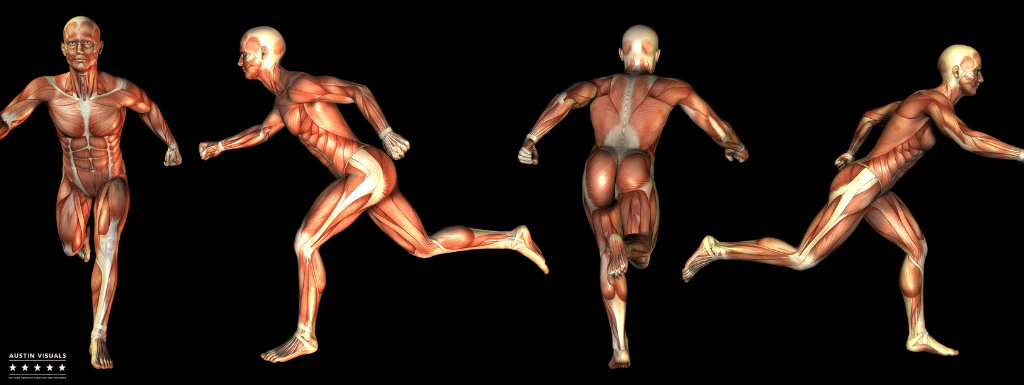
In today’s medical world, illustrations play a vital role in helping surgeons understand surgical procedures and make the best possible decisions. By using medical illustrations, surgeons can better visualize the anatomy of a patient, as well as plan the surgery accordingly.
Medical illustrations have come a long way since their origins in the 16th century, when painters and physicians used woodcuts and line drawings to depict what they saw in their patients. Over time, medical illustrations have also evolved to become more complicated and detailed, allowing for a much greater understanding of surgical procedures.
While medical illustrations are still used by surgeons today, there is growing interest in using AI technology to create these images. This is because AI-generated medical illustrations are able to provide a level of detail that is simply not possible with traditional methods. Furthermore, AI-generated medical illustrations can be updated automatically as new information becomes available, making them an invaluable tool for the modern surgeon.
What is Medical Illustration in Surgery?
Medical illustration is the process of creating images to support medical professionals in their work. Medical illustrators use a variety of arts and mediums to create illustrations that are accurate, informative and helpful.
Types of Medical Illustration in Surgery
Medical illustration helps surgeons and other medical professionals during surgery. It can be used for teaching purposes, as well as for providing accurate images of surgeries. In recent years, medical illustration has become increasingly complex, with more realistic and detailed images being created. There are a variety of different types of medical illustrations, each with its own specific purpose. Here are four of the most common types:
1. Anatomical illustrations show the layout of organs and body parts during surgery. They also show how various operations might look on a patient.
2. Functional illustrations are also known as anatomical charts or operative charts. They show the location and function of body parts during surgery. Functional illustrations can be used in conjunction with anatomic illustrations to provide a more complete picture of the operation being performed.
3. Dissecting drawings show the internal structure of organs during surgery. Dissecting drawings can also reveal potential problems that may persist.
Using Medical Illustration in Surgery
Medical illustration helps surgeons visualize the anatomy they are working on. Medical illustrators can create images of body parts in different positions, as well as sketches and diagrams to illustrate medical procedures. They can also provide patients with images of their own surgery to help them understand what is happening during their procedure.
Medical illustration has many benefits for surgeons. It can help them better understand the anatomy they are working on, which can lead to less complications and faster healing times for patients. It can also help surgeons plan complex surgeries more accurately, leading to shorter overall surgical procedures.
Medical illustration is an important part of modern surgery, and its use will only continue to grow in the years to come.
Benefits of using Medical Illustration in Surgery
Medical illustration is an important part of modern surgery. It can help surgeons understand complex anatomy and help them make better decisions during surgeries. Medical illustrations also play a crucial role in educating patients about their surgical procedures.
Medical illustrations can be helpful in several ways:
First, they can help surgeons visualize the surgery and plan their approach. This can help them avoid complications and speed up the surgery.
Second, medical illustrations can also help surgeons understand the anatomy of different organs and tissues. This information creates accurate surgical plans.
Third, medical illustrations can provide guidance to patients about their surgical procedure. This information can help them feel confident about their upcoming surgery.
Fourth, medical illustrations can provide patients with detailed images of their surgeries after they have been completed. This information can be helpful in understanding the results of their procedures.
Conclusion
Medical illustration is an essential part of the surgery process. Not only does it help surgeons visualize their patients during operations, but it also helps them communicate complex medical procedures to other healthcare professionals. In order to be a successful medical illustrator, you need to have strong drawing skills and an understanding of anatomy.
Best Medical Illustration Company | Austin Visuals 3D Animation Studio
Austin Visuals is the best medical illustration company in Texas. Our highly skilled artists create accurate and innovative medical illustrations. Contact us today to learn more about how we can help you visualize your next project!
Want to know how we can help? Have questions? Have a project to discuss? Message us using the contact form below, email us at [email protected] or call us at (512) 591-8024 to meet with a member of our team today.






